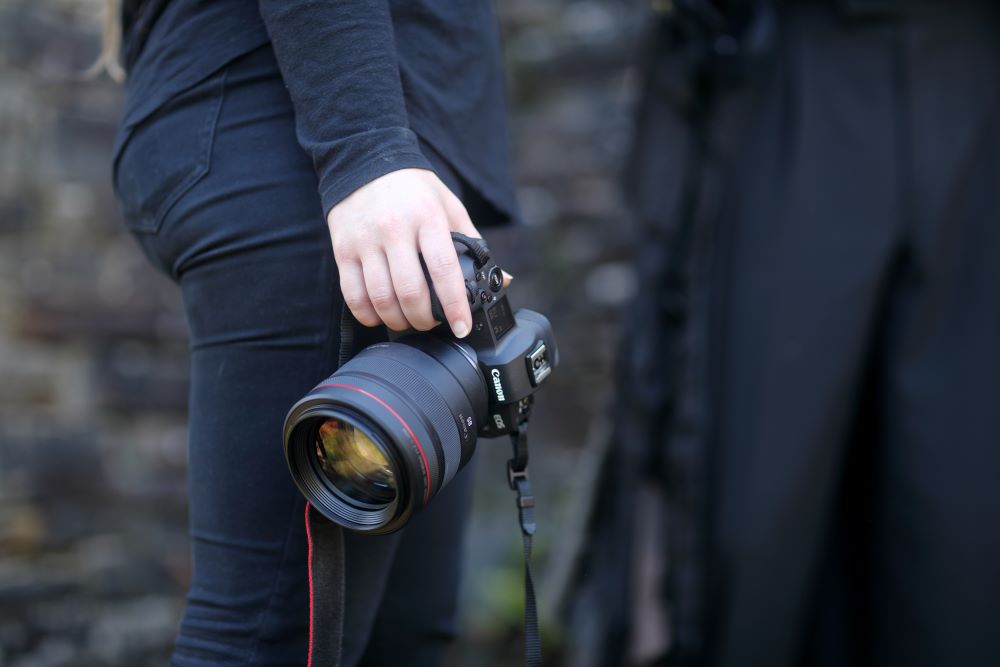- Call us: 01444 237070
- Contact Us
- Stores
- Sign In / Register
-
- Back
- Used Cameras
- Used Accessories
- Used Lenses
- Used Video
- Used Film Equipment
- Used Stock Alert
- Used Blank Test
- Sell or Part Exchange
- Used Clearance
- Recently Added Used Equipment
- Park Picks
- All Used Black Friday Deals
- Faulty
- Trade-In
- Blog
- New in
- Call us
- Contact us
- Stores
- Sign in
- Categories
- Tips & Inspiration
- Reviews
- News
- Events
- Features
- Buying Guides
- Competitions
85mm vs 35mm Lenses Focal Length Comparison
85mm and 35mm lenses are incredibly popular. Despite being prime lenses, they offer surprising versatility to all kinds of photographers. They’re a staple of any camera bag, with professionals and enthusiasts looking to employ this lens combo in their work.
Each focal length gives drastically different results; however, you can easily use both lenses for similar subjects. These two lens types will help you take your photography to the next level – we hope this 85mm vs 35mm comparison of focal lengths will provide you with a better understanding of each of these hugely popular choices, so keep reading to find out more.
On our recent Tutorial Tuesday episode, we discussed these two focal lengths, and gave them some real-world testing with the exciting Sigma 35mm f/1.4 and 85mm f/1.4 Art lenses. Check out our YouTube channel down below.
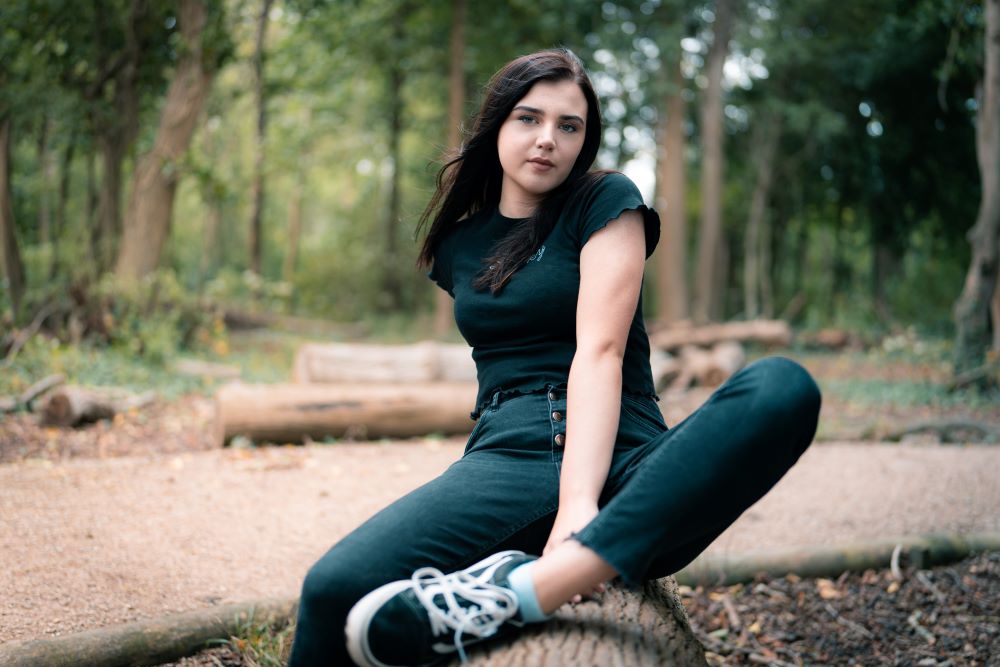
[Shot on Sony A7 III - 1/500 sec - f/1.2 - ISO 100 - Sigma 35mm f/1.2 DG DN.]
85mm vs 35mm - what's the difference?
Possibly the greatest defining factor in choosing between different camera lenses is the focal length of a lens. Its impact on zoom range and field of view will define what it can do, and the photos it can take – this makes choosing the best focal length crucial. Besides range, it also impacts other factors that can affect your images and change the story you’re telling with your photography.

[Shot on Panasonic S1 - 1/200 sec – f/1.8 – ISO 250 - 85mm]
Lenses with shorter focal lengths have a far wider field of view than lenses with longer ones. For instance, wide-angle lenses like a 24mm lens will capture a much wider area than a lens with a telephoto focal length like 200mm. However, where there is a narrower field of view, there is far more reach – distant subjects in your shot appear much larger.
Both 35mm and 85mm are considered standard lenses. Their focal lengths provide a perspective similar to that of the human eye, thought to be similar to that of a 50mm lens. However, 35mm leans towards the wider end of the spectrum, capturing a broader scene, and 85mm is focused towards more distant subjects.
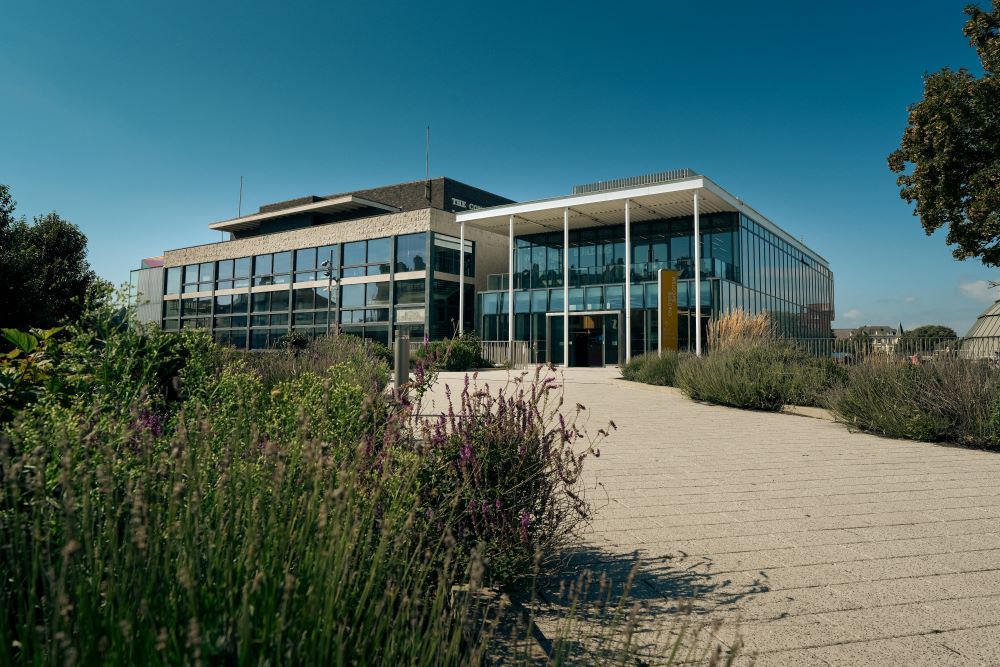
[Shot on A7C II – 1/800 sec – f/8 – ISO 100 – 35mm]
As focal length increases, depth of field decreases. This means that, for the same aperture, an 85mm lens will have far more separation between subject and background than a 35mm lens. The out of focus areas therefore are much smoother, something that portrait and product photographers revel in.

[Shot on Sony A7 III – 1/2000 sec – f/2.8 – ISO 100 – 85mm]
Longer lens focal lengths have greater lens compression too. A 35mm lens has large foreground elements and smaller background elements, however with an 85mm lens; both foreground and background appear closer together due to their proportion. More lens compression adds drama to a shot; however, if emphasising a foreground element is essential, it can take away from the image.
What can you use 85mm and 35mm lenses for?
As a result of the impact of focal length, each lens leans slightly towards specific applications.
Because a 35mm lens has a wider field of view, it lends itself towards genres that rely on context. Landscape, street and travel photography are perfect for this prime lens as the focus is undoubtedly on your surroundings.
As it’s similar to the human eye’s perspective, images look natural and undistorted – this makes the 35mm an all-rounder, perfect for other genres like portrait and product photography too. If you’re looking for a first prime lens, 35mm could be the way to go.

[Shot on Sony A7CR – 1/1600sec – f/5.6 – ISO 800 – 35mm]
By enabling direct, precise emphasis on your subjects, the 85mm lens has been long considered the best focal length for portraits. Its low distortion and beautiful bokeh create a stunning look, along with its lens compression that nails the proportion between foreground and background.
However, dialling in on a subject isn’t exclusive to portrait photography. While 35mm is arguably the most versatile focal length, experimenting with using an 85mm lens for other genres can result in similar shots that are just as captivating.
Similar photos can be taken with both lenses by simply adjusting your position. As prime lenses don’t behave like zoom lenses, changing your position or ‘zooming with your feet’ will drastically alter the kinds of images you’ll be taking at a specific focal length, and is a quick way to start taking unique photos.
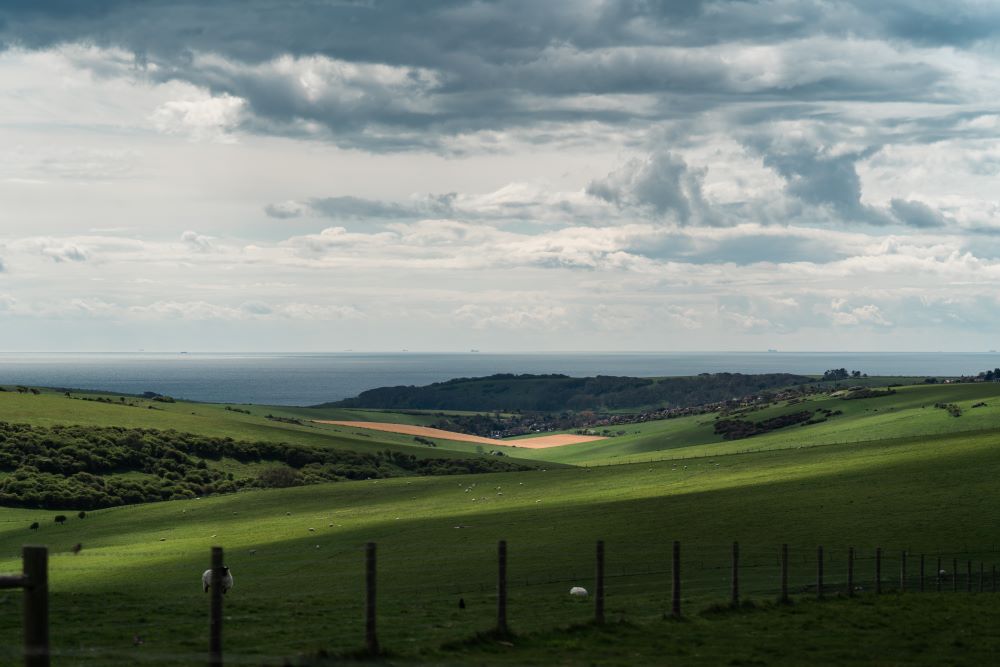
[Shot on Sony A7 III – 1/6400 sec – f/2.2 – ISO 100 – 85mm]
Best prime lens for portrait photography
Both 85mm and 35mm lenses are considered by some to be the best lens for portrait photography. In truth, there isn’t a ‘best’ lens – to take professional portrait pictures, knowing the benefit of each lens (and when to apply them) is vital.
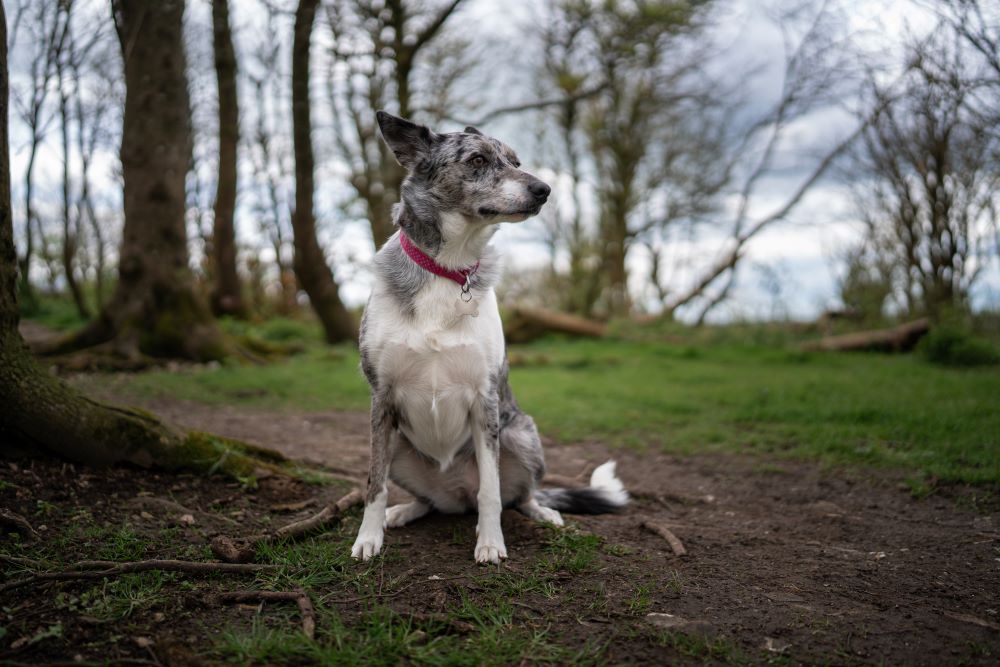
[Shot on Sony A7 III – 1/3200 sec – f/1.4 – ISO 160 – 35mm]
One reliable way of choosing the best lens for portraits out of the two is by considering the story you want to tell about your subject. To do this, keep these key points in mind:
- If you want to emphasise where your subject is, use a 35mm lens.
- If you want to emphasise who your subject is, use an 85mm lens.
This idea hinges on the properties of either focal length – a 35mm lens will give you a broader composition and a greater depth of field, enabling you to position your subject perfectly and tell the story of your portrait that way. This application creates portraits that have both substance and intrigue and can often be used for those important establishing shots for putting together a solid collection of photos.
An 85mm lens is perfect for emphasising the detail and expression of your subject. By separating the subject from the background with velvety out-of-focus areas and using its additional range to put them centre-stage, this focal length has less of an environmental focus, and instead captures the nuance of your subject with stunning detail.
Storytelling is an essential aspect of what makes a great photo, so to get the most out of these lenses, remember this rule to perfectly match the feeling you’re looking to achieve.
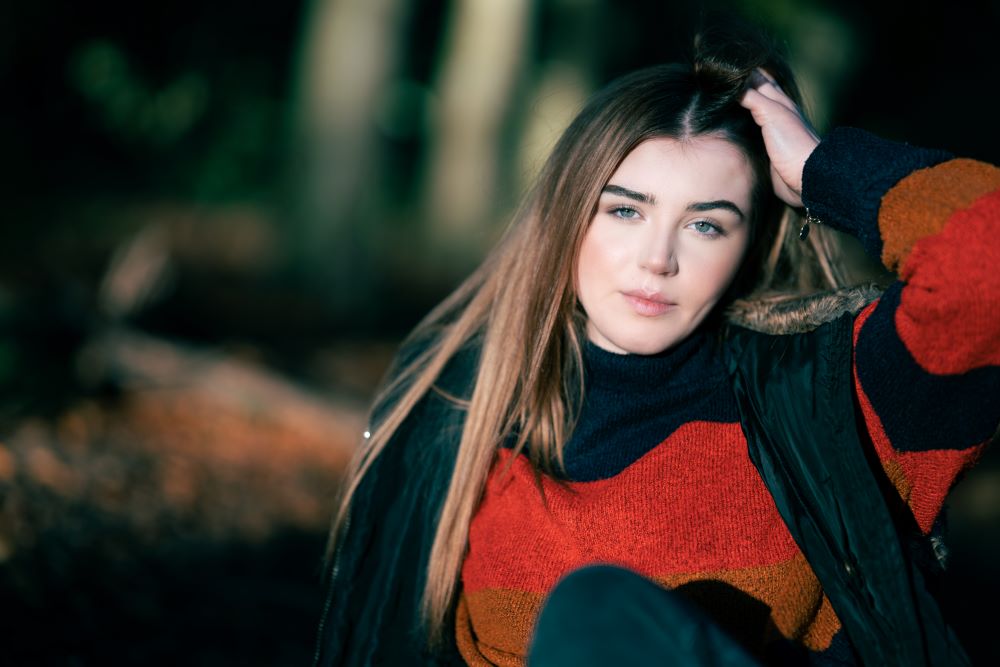
[Shot on Sony A7R IV – 1/640 sec – f/1.4 – ISO 100 – 85mm]
Going further with prime lenses
While 85mm and 35mm are incredibly popular prime lenses, they’re not the only prime lenses in the world. If you’re looking to explore more nuanced looks, going beyond the range of standard prime lenses could hugely enrich your photography.
If you’re looking to emulate and enhance the classy look of a good portrait lens, a 135mm camera lens could be for you. This long prime lens offers an exceptionally shallow depth of field and 60% more reach than 85mm. This is perfect for when your subject is the sole focus of your shot.
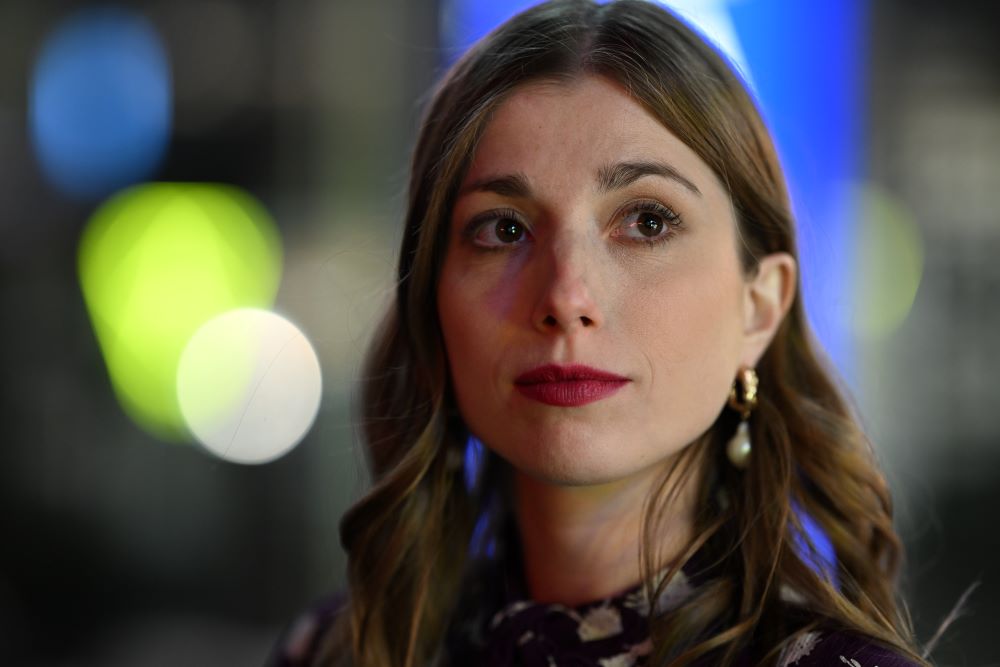
[Shot with Nikon Z 135mm f/1.8 S]
However, if wide angle lens photography is for you, a 24mm would be perfect to capture your subject’s surroundings. As there’s far less lens compression, foreground elements dominate the shot.
Sat between 85mm and 35mm is the 50mm lens – considered to be the most similar to the human eye’s perspective, this focal length allows you to go either way, capturing both an environment and allowing you to get close-up to a subject. The newly-released Sigma 50mm f/1.2 DG DN Art Lens is the pinnacle of what this focal length can offer, at the highest end of optical quality.

[Shot on Panasonic S1 – 1/2500s – f/1.8 – ISO 100 - 24mm]
Sigma
Sigma is one of the most well-respected manufacturers in the third-party lens market. With the Sigma Art Lens line of prime lenses, they cater to those who see photography as a form of expression, with unbeatable optical performance, power and quality.
Two 35mm Sigma Art lenses are available, namely the Sigma 35mm f/1.4 DG DN and the Sigma 35mm f/1.2 DG DN Art lenses. Each of these lenses provides an extremely fine depth-of-field with exceptional low light qualities – the latter was the first ever 35mm with a wide maximum aperture of f/1.2, demonstrating Sigma’s innovation.
The Sigma 85mm f/1.4 DG DN Art Lens is another one of Sigma’s most popular lenses, available for the Sony E-Mount and the L-Mount. The characteristic stunning images produced at this focal length are emphasised by Sigma's engineering, with 11 rounded diaphragm blades that make bokeh smoother than ever before.
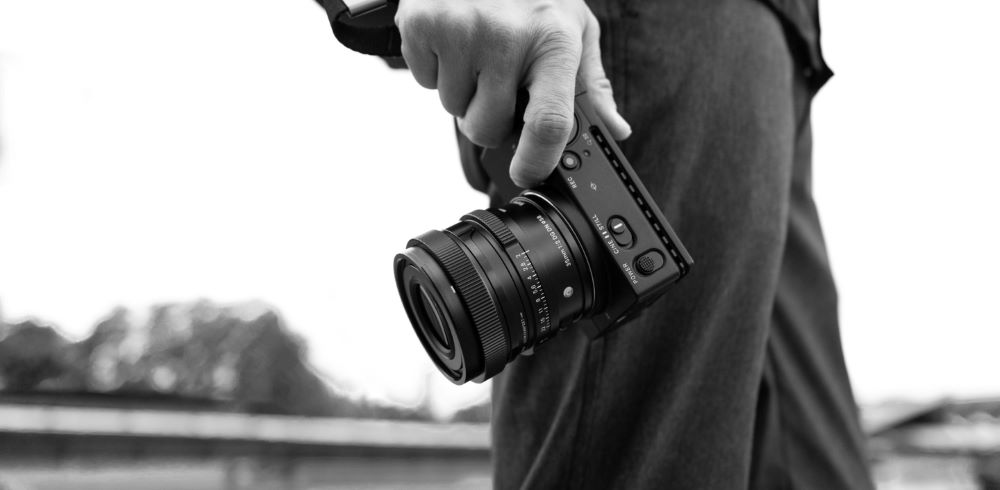
Canon
The Canon RF 35mm f/1.8 IS STM Lens is currently the only Canon 35mm lens for mirrorless cameras, but covers so many bases that it can easily hold its place in the RF-Mount lineup alone. A compact size and weight, great low-light results and 1:2 macro capability realise the versatility that its focal length offers.
The RF Mount has two 85mm lenses available. The Canon RF 85mm f/2 IS Macro STM offers five stops of sharp image stabilisation and a bright aperture whilst only weighing 500g; the lightest 85mm lens Canon offers. As a macro lens, it’s capable of delivering stunning portraits alongside macro images at 1:2 magnification, all at an appealing price point.
Canon’s high-end 85mm lens option is the Canon RF 85mm f/1.2L USM. This high-performance lens is perfect for professionals with the best portrait lens optics that Canon has to offer. Beyond its performance, its L-Series build quality indicated weather sealing for peace of mind.
If you want your images to be as stunning as possible, Canon has released the Canon RF 85mm f/1.2L DS USM – while optically identical to its sister lens, it features Canon’s “Defocus Smoothing” coating that offers even softer bokeh. This lens is truly the ultimate choice for portrait photographers.
Sony
If you know anything about Sony, you’ll know its mirrorless camera lens lineup is next to none, with generations upon generations of brilliant lenses. They work seamlessly with high resolution sensors and autofocus systems to produce stunning images every time.
The 35mm and 85mm focal lengths feature in the range of Sony G Master lenses, which only contains lenses of the highest standard. The Sony FE 35mm f/1.4 GM and Sony FE 85mm f/1.4 GM are the best you can get on a Sony camera body for portraits, architecture, street photography and even more.
The Sony FE 35mm f/1.4 ZEISS Distagon T* is another excellent Sony 35mm lens, with prestigious ZEISS engineering and T* coating that eliminates flare and ghosting. For those on a budget, or travelling with a lightweight setup, the Sony FE 85mm f/1.8 incorporates the same feel and performance of a Sony 85mm lens into a compact, inexpensive option.
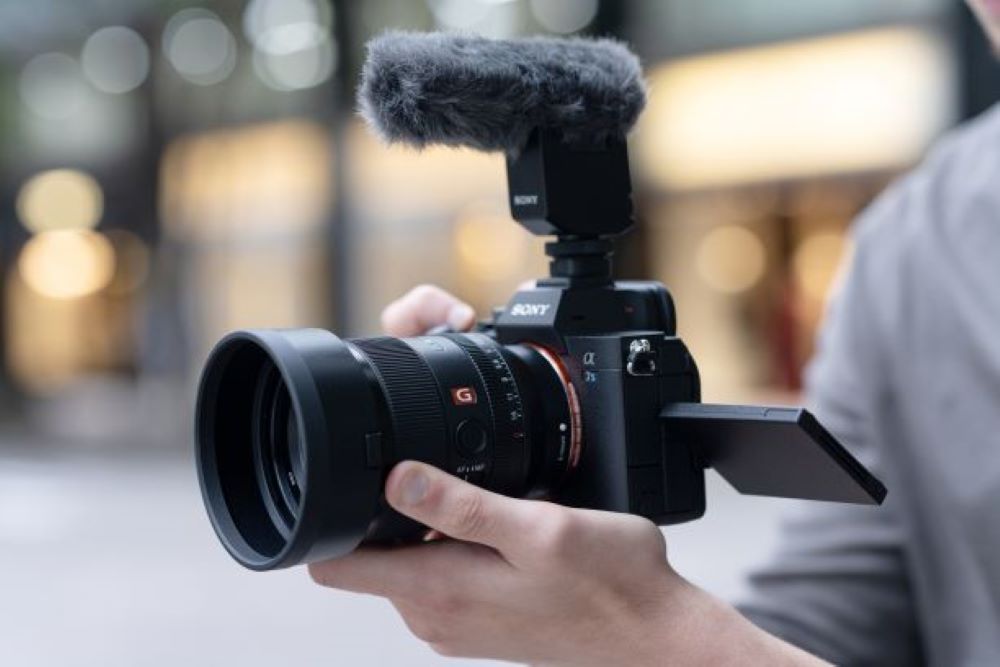
Nikon
All of Nikon’s 85mm and 35mm options are in their S-Line of lenses. It contains some of the best mirrorless camera lenses on the market, where Nikon displays superior optical excellence and lens design.
The first Nikon 35mm lens for the Z-Mount is the Nikon Z 35mm f/1.8 S lens. This lens brings sharper images, brighter optics and silent autofocus to make the most out of Nikon mirrorless cameras. Its detail and focusing speed pair up perfectly with the best Nikon Z cameras like the Nikon Z8.
The line also offers two Nikon 85mm lens options, the Nikon Z 85mm f/1.8 S and the Nikon Z 85mm f/1.2 S. These both excel in low light and blur backgrounds beautifully; however, the latter is the height of Nikon lens engineering, with both a robust build quality, extremely shallow depth of field and an incredible resolving power for professional sharpness.
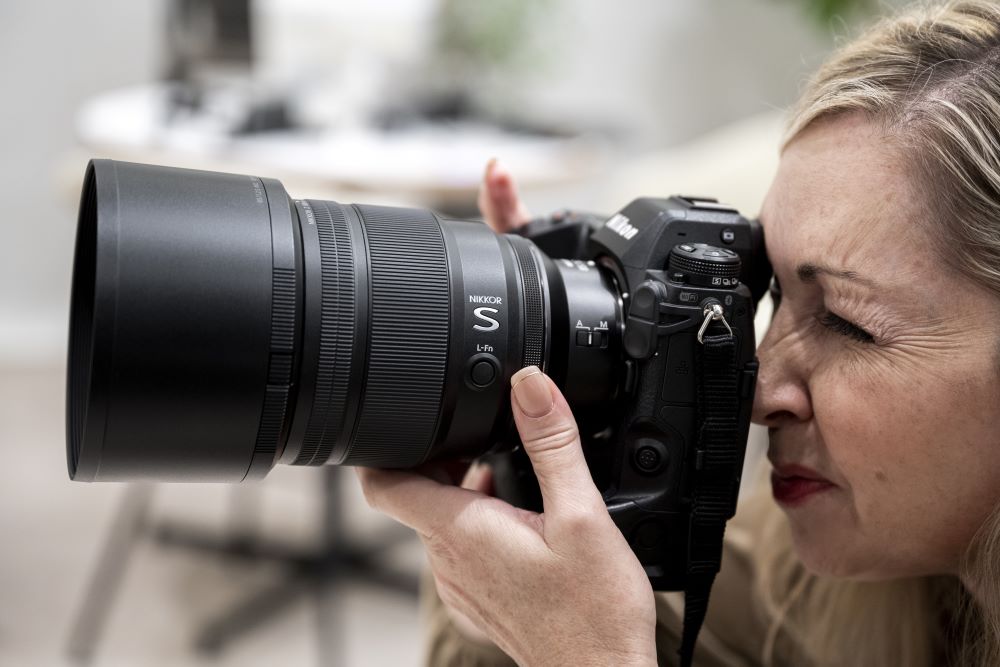
Park Cameras is committed to helping you find the best gear for your photography, no matter what you’re shooting. Browse our full range of new and used camera lenses from every manufacturer today, and make sure to explore our variety of digital cameras and even more to instantly enhance your camera bag.
Share this post:
By Thom Pyle on 08/05/2024

Trade in your old equipment
Fast and easy trade in service ensures your old gear is collected efficiently and you are paid quickly! It's very simple to trade in your unwanted photography gear. Just head over to our dedicated Sell or Part Exchange page, fill out the details, and we'll get back to you with an offer for your old gear. Take the cash, or put it towards the cost of your new gear. It's up to you! Find out more
sign up to the newsletter
Keep up to date on the latest photography news, events and offers. Sign up now

